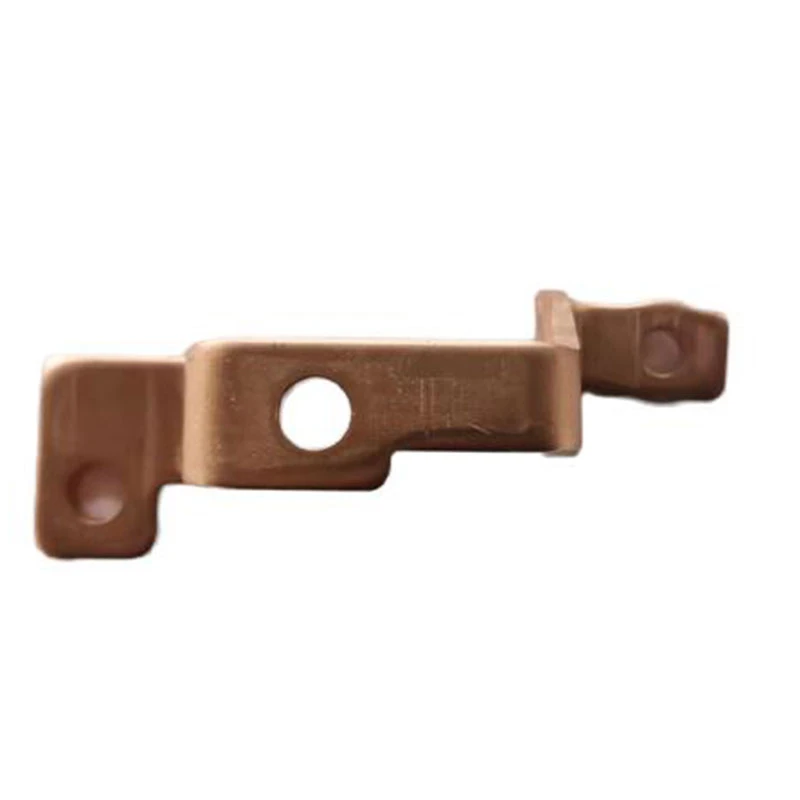Advantages and Applications of Die Casting in Piston Manufacturing
The Evolution and Advantages of Die Casting Pistons
Die casting has long been a key manufacturing process for producing engineered components with precision and efficiency. Among its many applications, die casting pistons holds significant importance, particularly in automotive and machinery industries. In this article, we will explore the evolution of die casting pistons, the advantages of using this method, and its impact on modern manufacturing.
Historical Context
The concept of die casting dates back to the 19th century, initially used in the production of small lead figurines and type for printing presses. As industries evolved, so did the techniques. By the mid-20th century, die casting began to incorporate aluminum and zinc alloys, leading to its widespread use in the automotive sector for manufacturing various engine components, including pistons.
Pistons are crucial components in internal combustion engines, responsible for converting fuel energy into mechanical energy. The precision required in piston manufacturing is critical since even minor defects can lead to inefficient engine operation or premature failure.
The Die Casting Process
Die casting involves forcing molten metal under high pressure into a mold cavity. This process typically uses non-ferrous metals such as aluminum, zinc, and magnesium, which offer enhanced strength-to-weight ratios compared to iron or steel counterparts. The mold, or die, is often made from high-grade steel to withstand the high pressures and temperatures involved in the casting process.
The procedure begins with melting the metal, followed by injecting it into the mold at high velocity. After the metal cools and solidifies, the mold is opened, and the finished piston is removed. This method allows for the production of intricate shapes and features, which is essential for the complex design of modern pistons.
Advantages of Die Casting Pistons
One of the primary advantages of die casting pistons is the ability to achieve high dimensional accuracy and surface finishes. This precision is essential for components that must fit seamlessly within tightly assembled engine parts. The low tolerance levels attainable through die casting ensure that every piston meets rigorous specifications.
die casting piston

Another benefit is the efficiency of the die casting process. Production cycles are typically shorter than traditional methods, leading to higher output and reduced labor costs. This efficiency is particularly advantageous in mass production, where manufacturers can meet consumer demand without compromising quality.
Die casting also allows for the incorporation of thin walls and intricate designs, which can produce lightweight components without sacrificing strength. Lighter pistons contribute to improved engine efficiency and fuel economy, aligning with the automotive industry’s shift toward more sustainable practices.
Furthermore, the die casting process minimizes waste material, as recycling of scrap metal used in production can be easily integrated. This not only saves costs but also makes the process more environmentally friendly.
Challenges and Considerations
However, die casting is not without its challenges. The initial costs for creating die molds can be high, which may deter smaller manufacturers from using the process. Additionally, once a die is created, modifications can be costly, making it crucial for designers to finalize specifications thoroughly before production begins.
Quality control is another critical aspect. Although die casting can achieve high precision, it still requires rigorous inspection of every batch to ensure no defects such as porosity or dimensional inaccuracies arise.
The Future of Die Casting Pistons
As industries continue to evolve, so too will die casting technologies. Innovations such as 3D printing and advanced materials science may enhance the capabilities of die casting, leading to even more efficient methods and applications. The rise of electric vehicles and alternative energy sources also presents new opportunities for die casting pistons, shifting focus towards lightweight components that cater to different energy requirements.
In conclusion, die casting pistons represent a key element in contemporary manufacturing processes, particularly within the automotive industry. The advantages of precision, efficiency, and sustainable practices solidify die casting as a preferred method for producing high-quality engine components. As technology advances, the application and benefits of die casting will likely expand, fostering continued evolution in the manufacturing landscape.
-
Precision Sheet Metal Stamping Manufacturer | Fast & ReliableNewsAug.01,2025
-
OEM Sand Cast Pump Valve Fittings - Baoding Hairun Machinery And Equipment Trading Co., Ltd.NewsAug.01,2025
-
Custom OEM Impellers | High Efficiency & PrecisionNewsAug.01,2025
-
OEM Sand Cast Pump Valve Fittings - Baoding Hairun Machinery | Customization, Quality AssuranceNewsAug.01,2025
-
OEM Sand Cast Pump Valve Fittings - Baoding Hairun Machinery And Equipment Trading Co., Ltd.NewsAug.01,2025
-
OEM Sand Cast Pump Valve Fittings - Baoding Hairun Machinery And Equipment Trading Co., Ltd.NewsJul.31,2025















